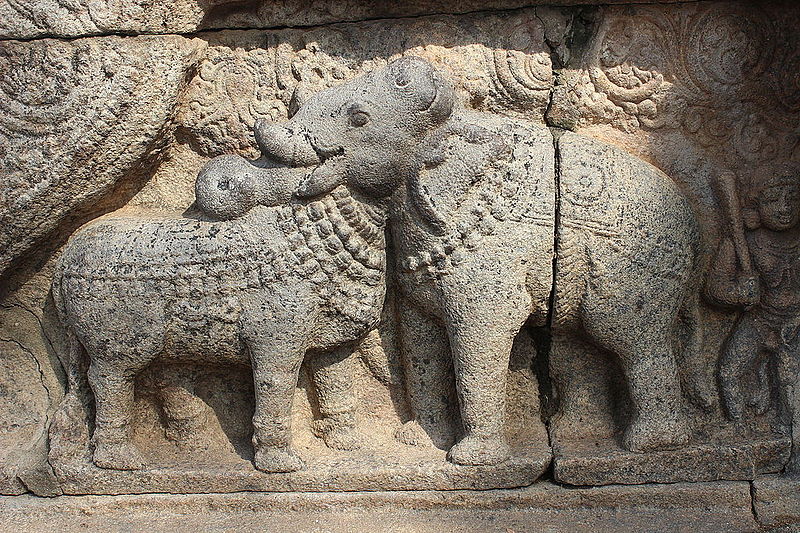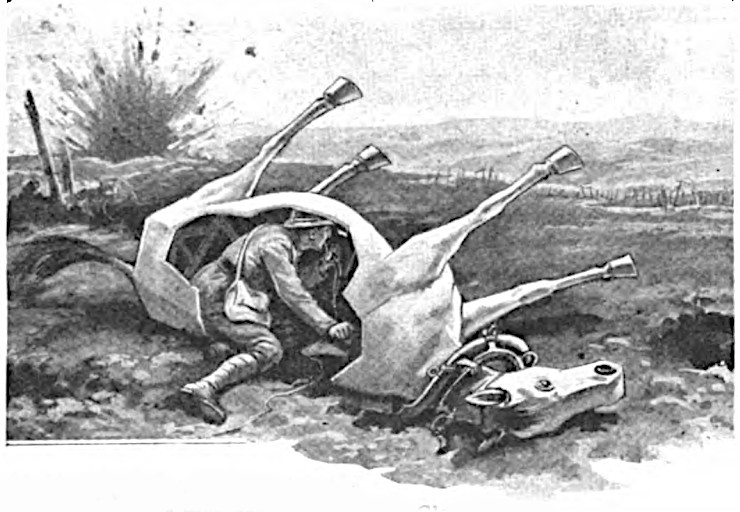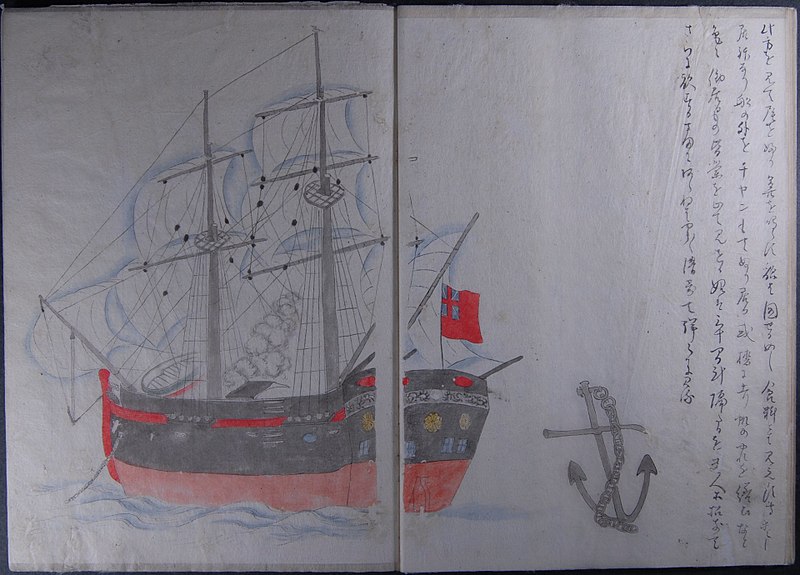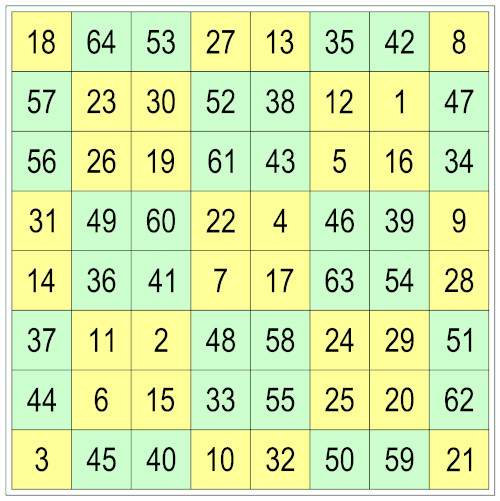In Ulysses, Leopold Bloom’s locked private drawer at 7 Eccles Street contains, among other things:
3 typewritten letters, addressee, Henry Flower, c/o P.O. Westland Row, addresser, Martha Clifford, c/o P.O. Dolphin’s Barn: the transliterated name and address of the addresser of the 3 letters in reversed alphabetic boustrophedontic punctated quadrilinear cryptogram (vowels suppressed) N. IGS./WI. UU. OX/W. OKS. MH/Y. IM …
This actually works: Quadrilinear means that the cipher is to be set in four lines; reversed alphabetic means that the key is a = z, b = y, etc.; and boustrophedontic is a term from paleography meaning that the writing runs right and left in alternate lines. So the cryptogram and its solution look like this:
N . I G S . m a r t h a W I . U U . O X d r o f f i l c W . O K S . M H d o l p h i n s Y . I M b a r n
Apparently Joyce or Bloom forgot that the last line should run right to left.
(From David Kahn, The Codebreakers, 1967.)







